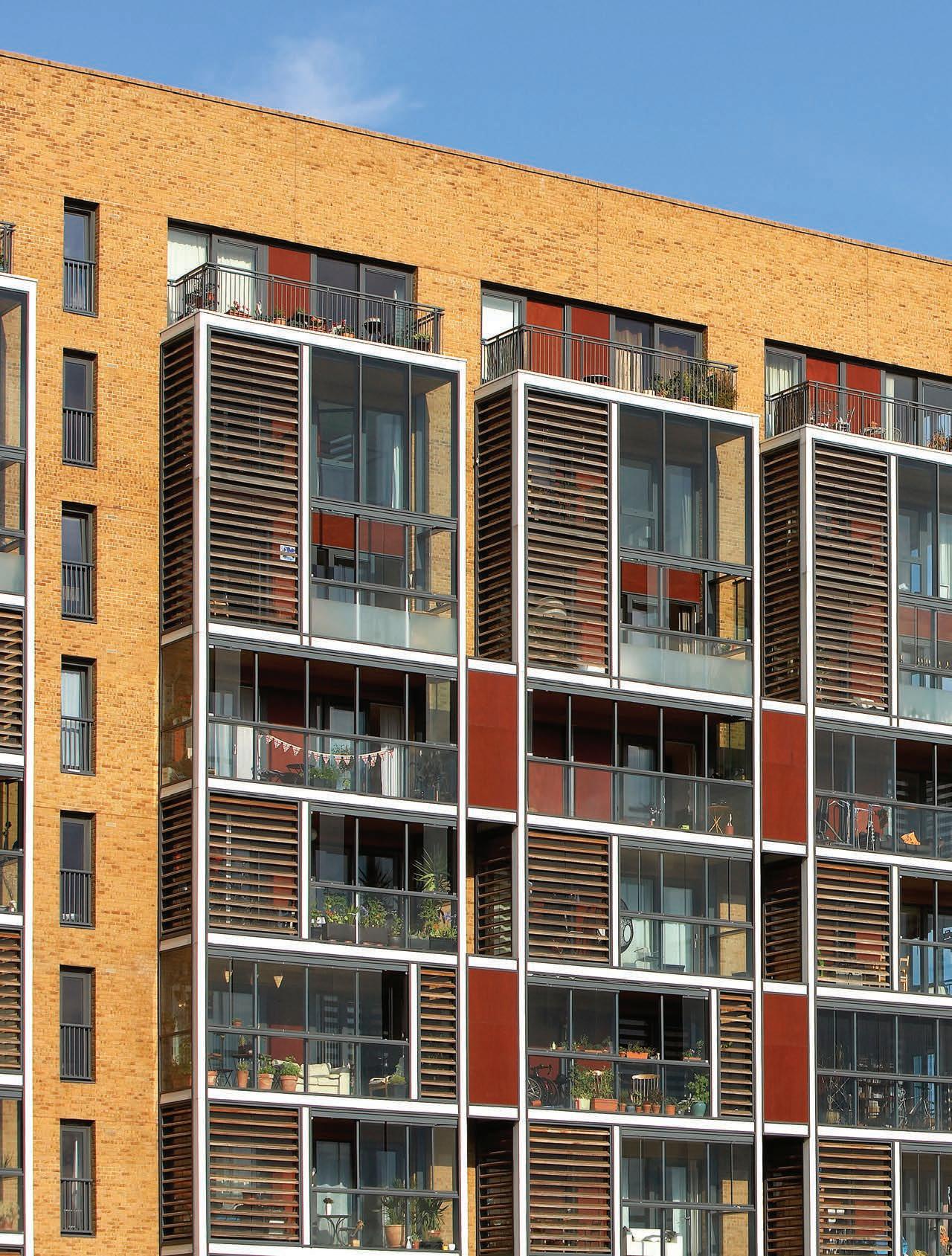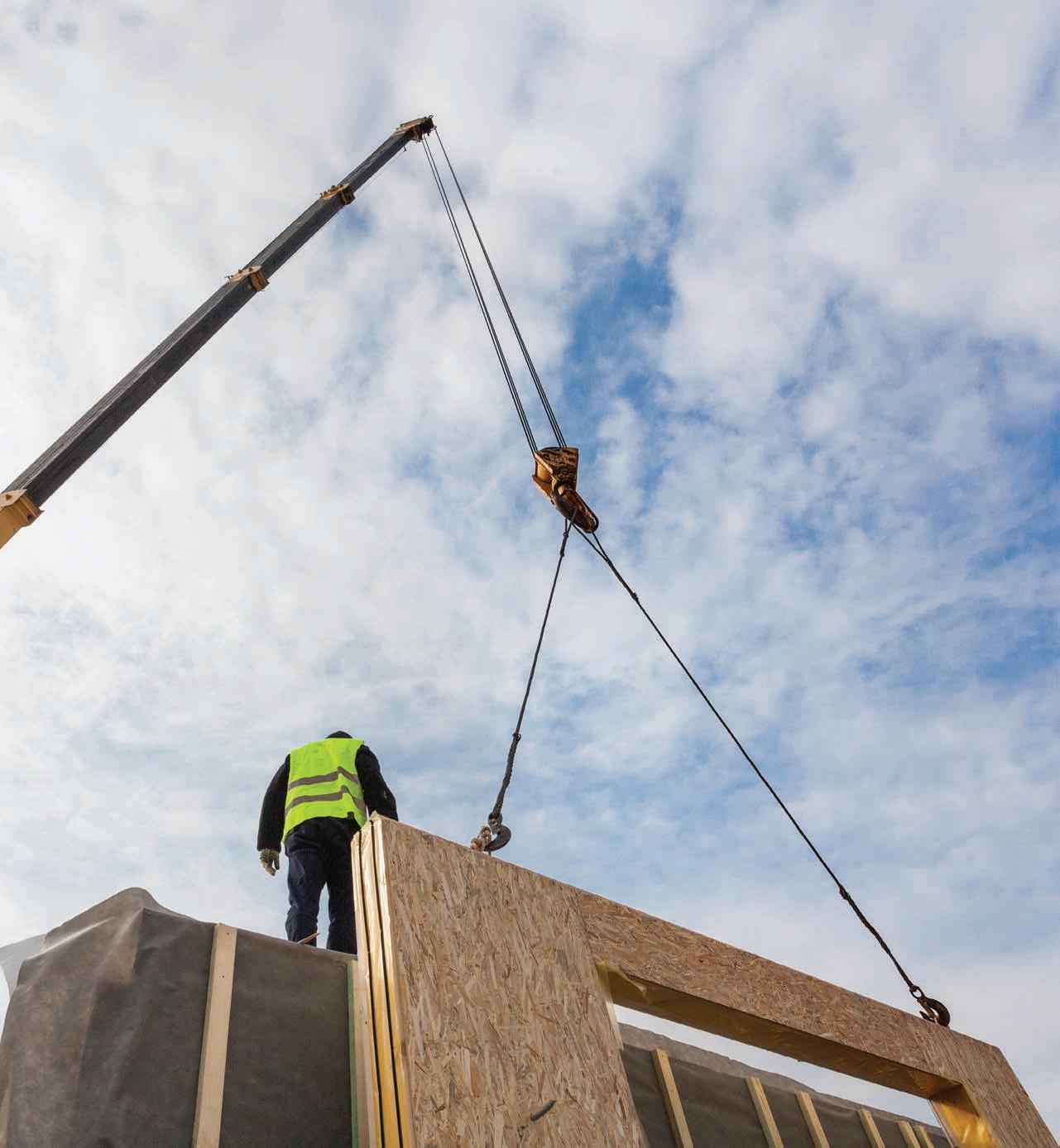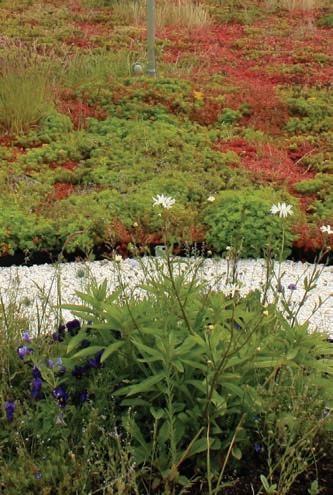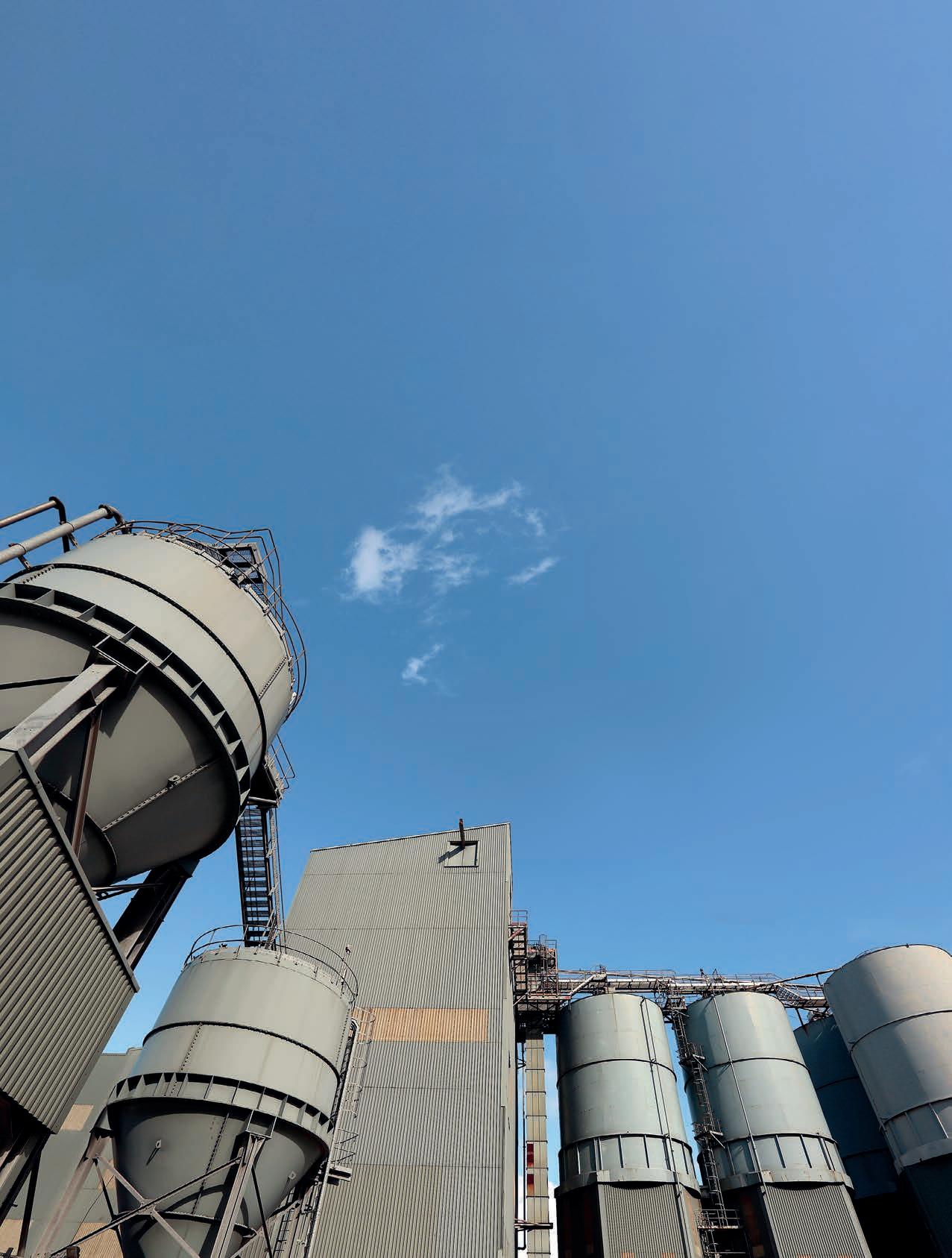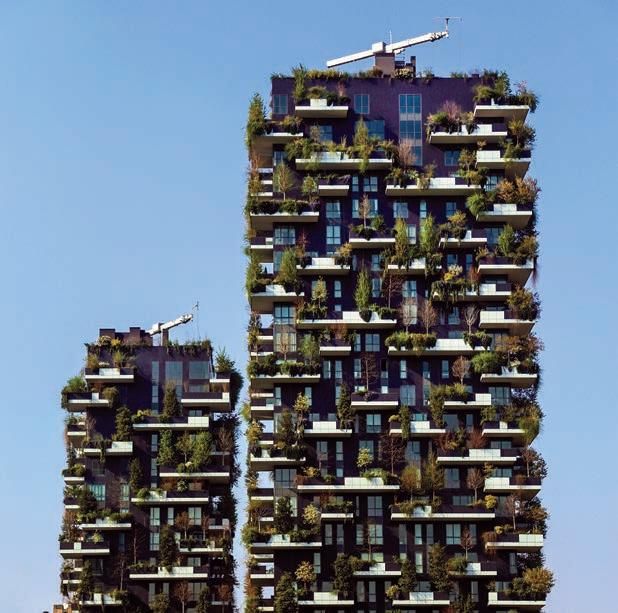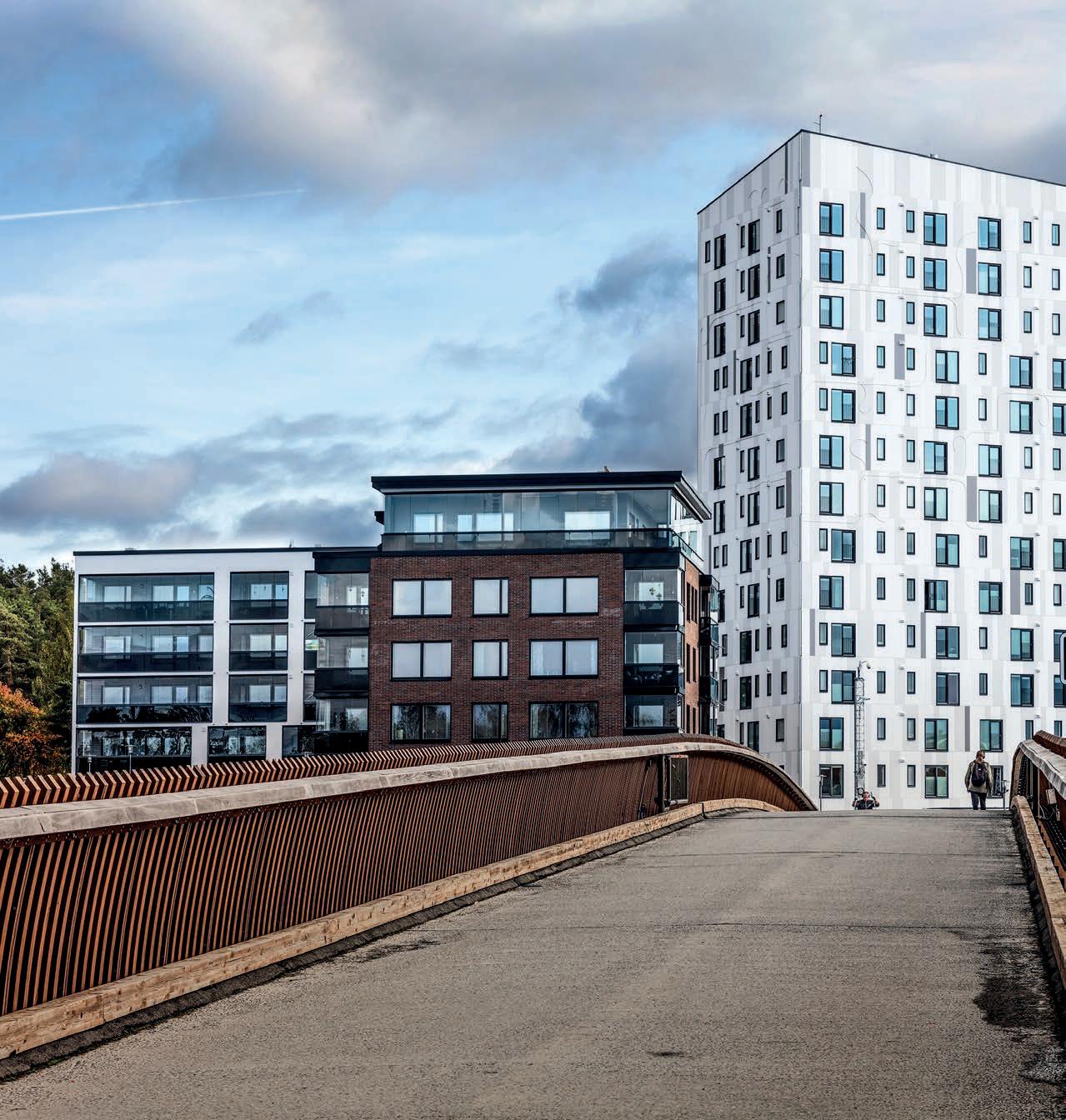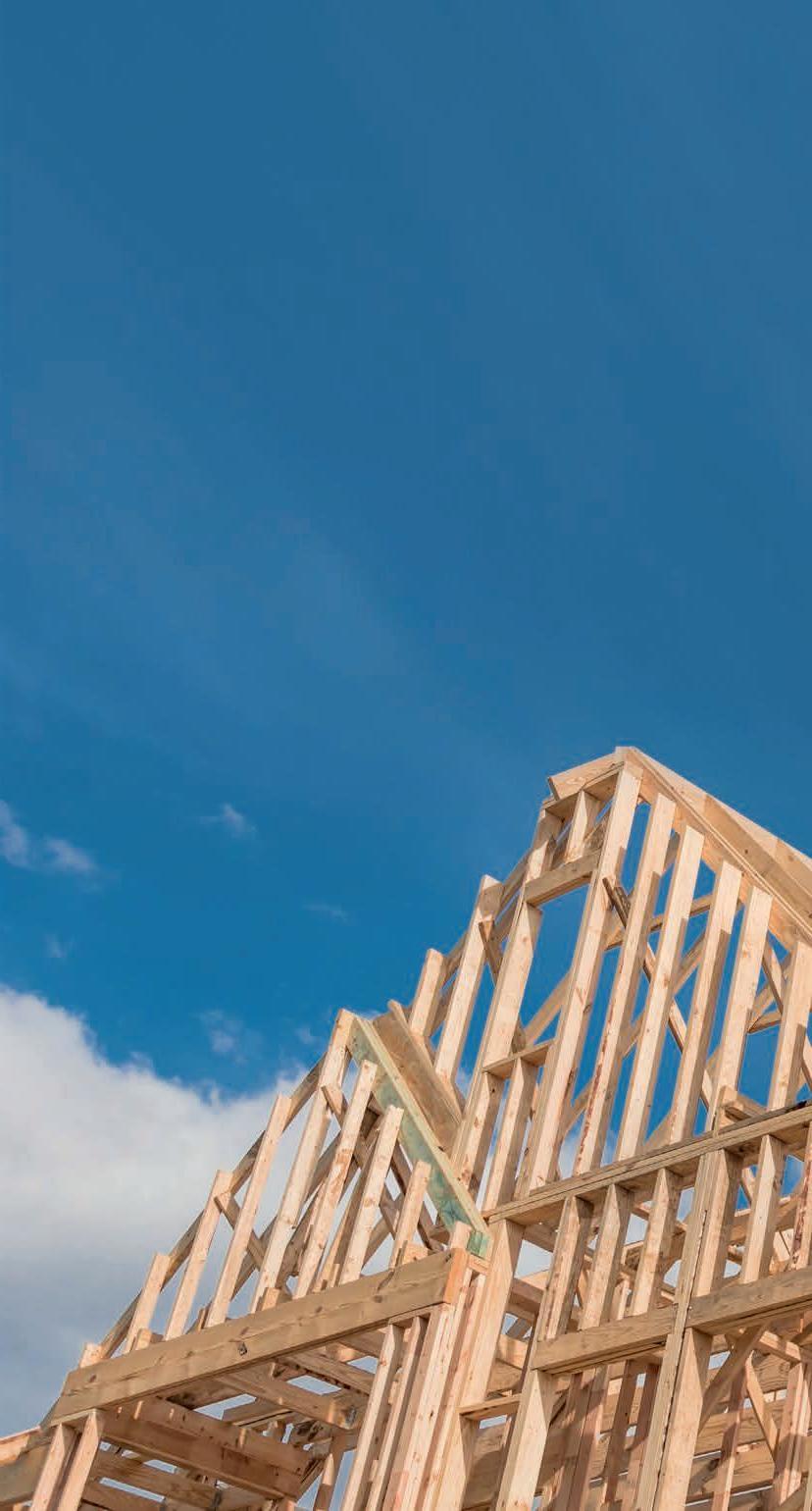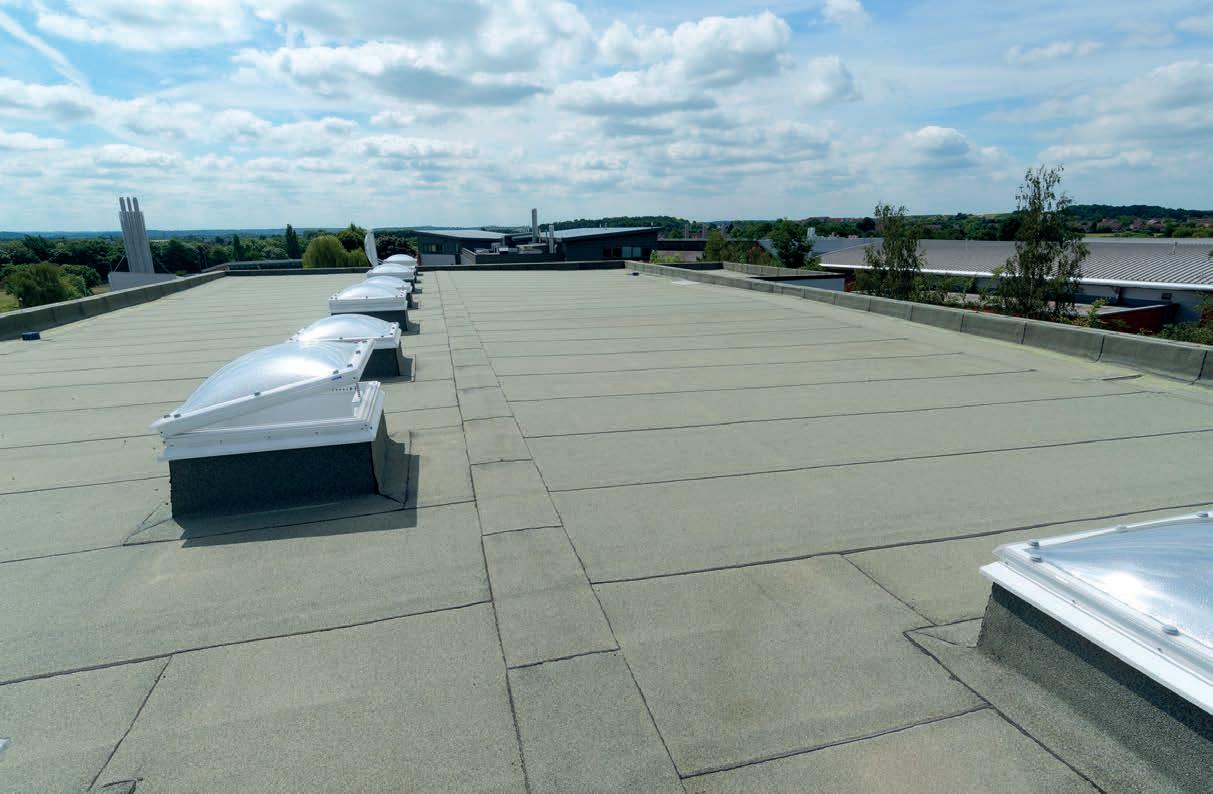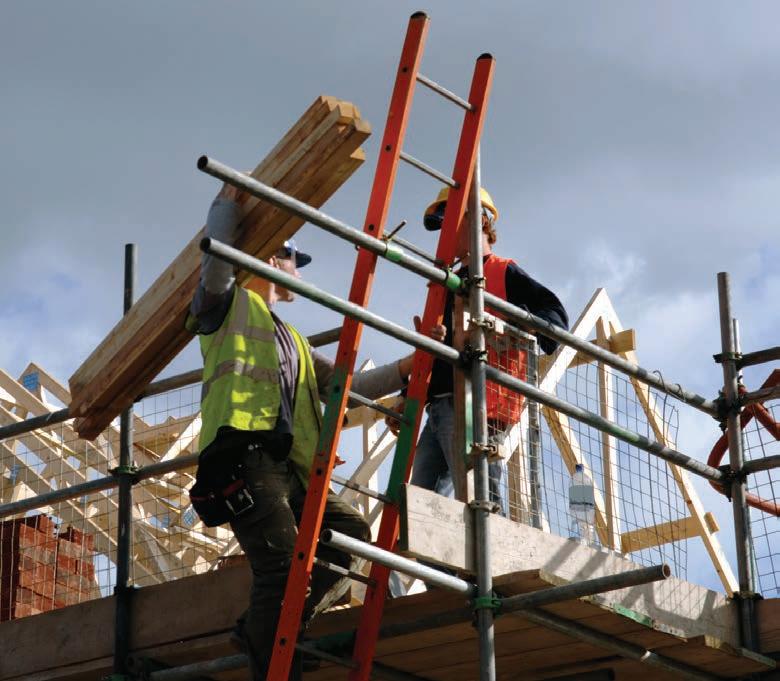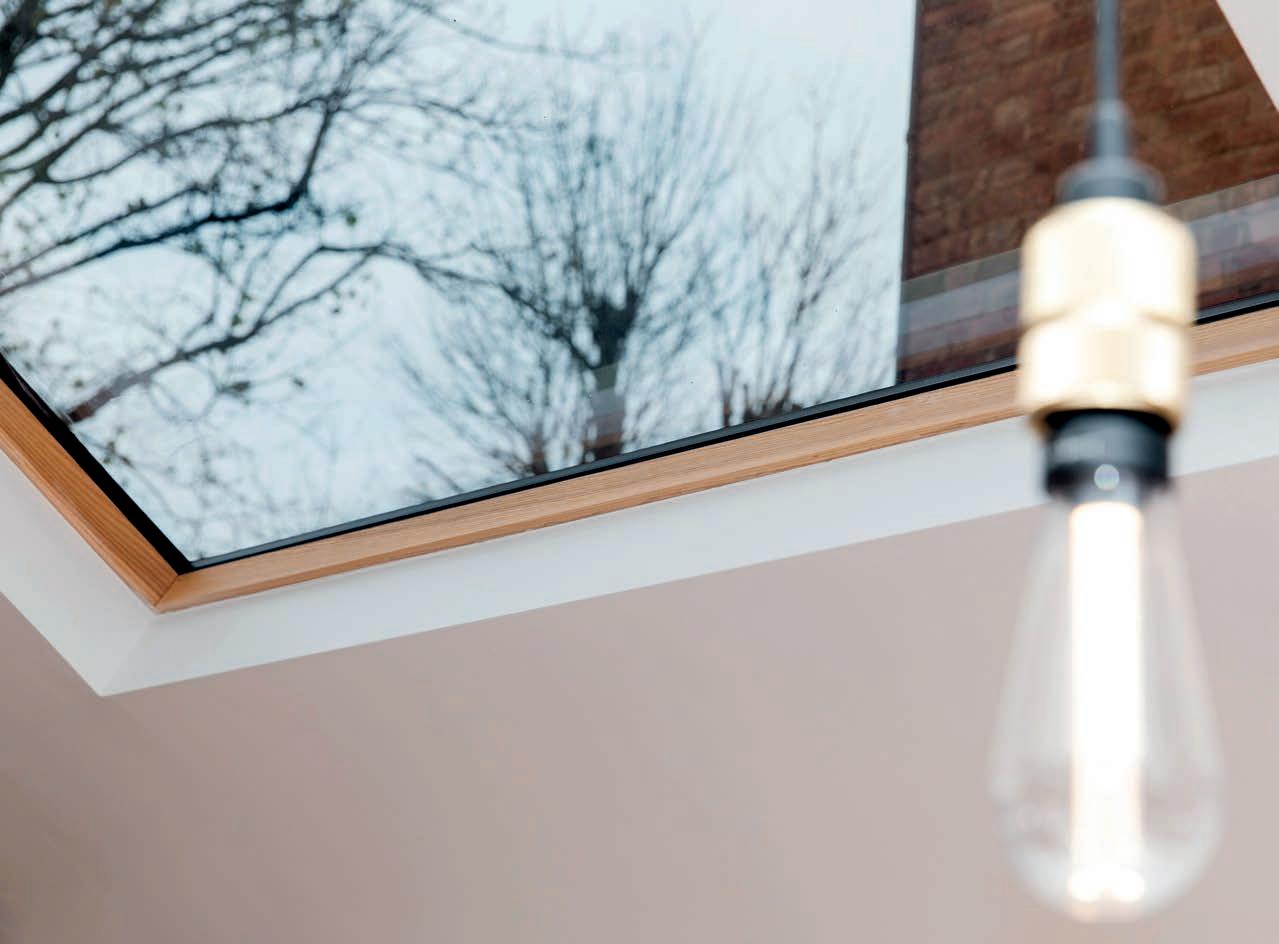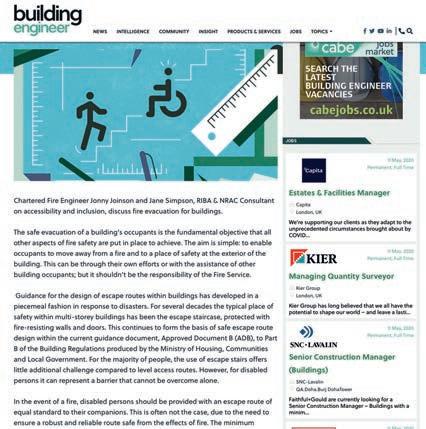INFORMATION
The briefing
NEWS AND VIEWS FROM THE INDUSTRY
Green recovery?
BUILDING ENGINEER
8
Read Ailean Beaton’s article at bit.ly/AileanBeaton Read the government’s recovery roadmap at bit.ly/RecoveryRoadmapBTW
8-11 TheBriefing.indd 8
Pollen count
GLOBAL CARBON EMISSIONS COULD NOW FALL BY
6%
DUE TO COVID-19 LOCKDOWN MEASURES
Scottish Natural Heritage (SNH) has published new guidance for the planning and construction industry to create a more resilient and nature-rich urban environment. Pollinators including bees, wasps, moths, butterflies and flies are vital for our biodiversity, but face challenges due to changes in land use, habitat loss, diseases, pesticides and climate change. The guide offers advice on how best to fit pollinators into urban design and construction with a series of easy-to-follow steps to suit project budgets and sizes. Wildflower meadows, flowering trees, hedgerows, nectar-rich plants and herbs, window boxes, green roofs, living walls and sustainable drainage systems can all help expand the habitats of pollinators. They also support biodiversity, improve wellbeing for inhabitants and reduce costs from urban maintenance such as mowing road verges. For a copy of the guide, contact SNH at snhmedia@nature.scot
IMAGE: ISTOCK, GETTY IMAGES
JUNE 2020
A
s the world reels from Covid-19, there have been plenty of positive stories about the effects on nature. From goats roaming through Llandudno, north Wales (bit.ly/NWgoats) to improved urban air quality, environmentalists have been quick to point out that the break in human activity has shown the possibilities of slowing climate change. Rising global carbon emissions could now fall by 6% over the next few months, according to the United Nations’ World Meteorological Organisation (WMO). However, as its Secretary-General Petteri Taalas warned: “Covid-19 may result in a temporary reduction in greenhouse gas emissions, but it is not a substitute for sustained climate action.” Ailean Beaton’s article in Holyrood discusses how different governments are facing the new challenge of restarting the economy in a way that supports the climate change commitments they made before the pandemic. The UK Committee on Climate Change has already said that its annual progress report to parliament this month will refocus to include discussion of how economic rebuilding efforts can be designed to support environmentally sustainable industries and activities. Beaton notes, too, that where people have embraced new ways of working and living they may not want to just return to how things were done before. “There is a real opportunity for governments to make sure that the economic stimulus packages, everything that comes in place to reignite the economy, is different and better to what was in place before,” says Charlotte Hartley of the 2050 Climate Group. A sentiment that is echoed by Dr Richard Dixon, Director of Friends of the Earth Scotland, who notes that for construction the standard response is to: just keep building so the sector can right itself, but that in this case, the sector needs to change what it is building. Experts are unanimously saying that now is the time to invest in low-carbon construction techniques, energy-efficient housing, green/blue systems and biodiverse urban environments; and that this will not only constitute a green recovery for the economy but it will also save the construction industry.
18/05/2020 17:46


